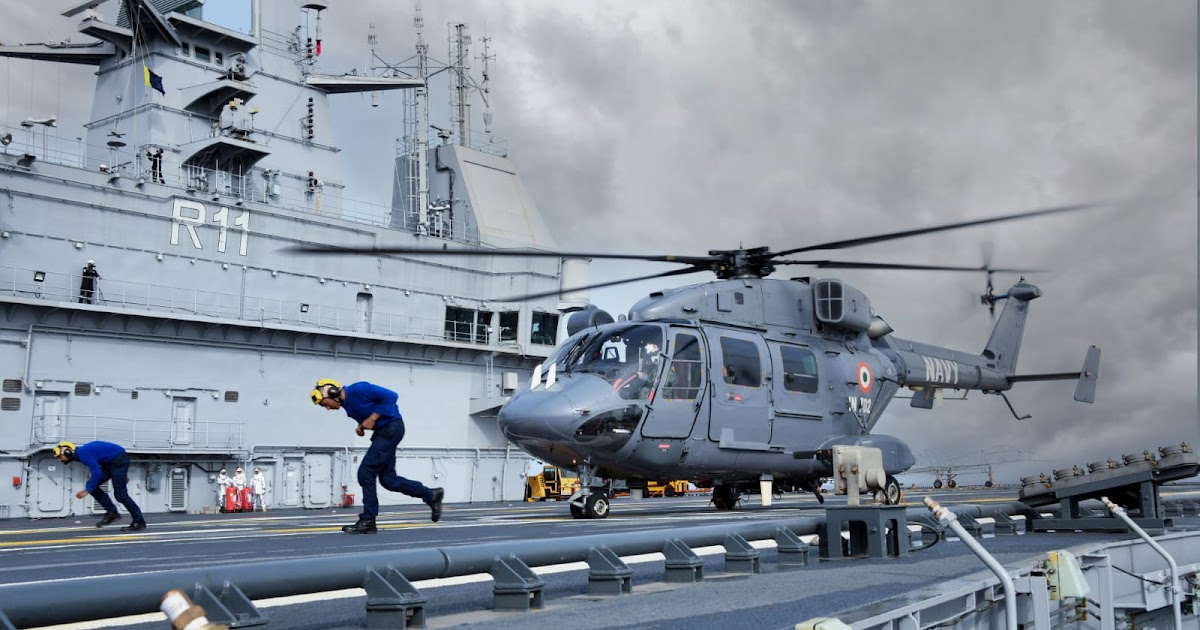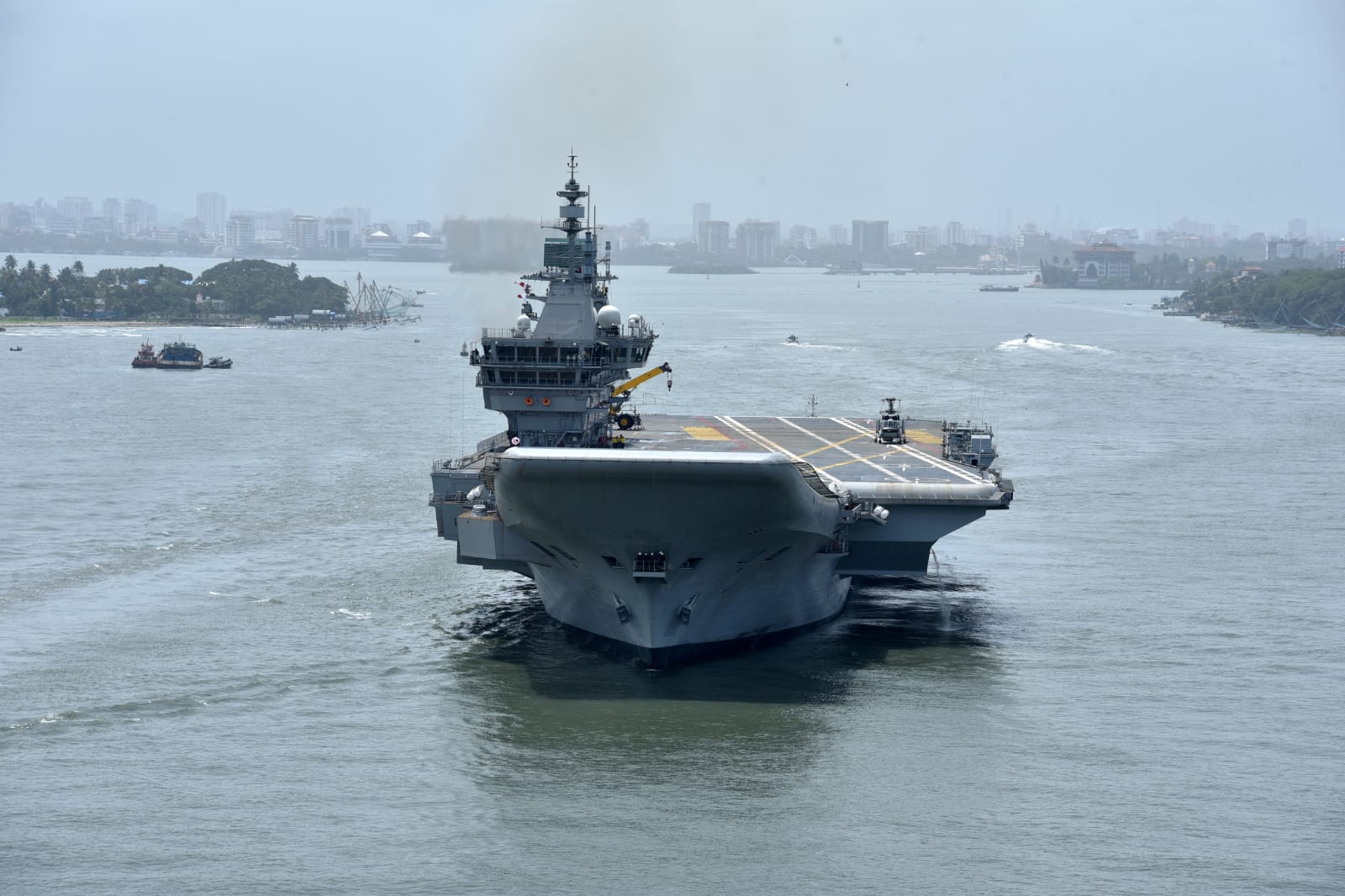
The Ministry of Defense now faces a crucial decision on whether to build a second indigenous aircraft carrier
By Vikas Gupta
Defence News of India, 11 Jul 22
India’s first aircraft carrier (IAC-1), INS Vikranthas successfully completed the fourth and final phase of sea trials, the Ministry of Defense (MoD) announced on Sunday.
During this sortie, the Navy conducted integrated testing of most equipment and systems aboard the 44,000-ton aircraft carrier, including critical equipment from the Aviation Facilities Complex, which controls aircraft operations from the aircraft carrier.
“Delivery of the vessel is scheduled for the end of July 22, followed by the commissioning of [INS Vikrant] on August 22 to commemorate “Azadi ka Amrit Mahotsav,” the Defense Ministry said.

INS Vikrant will complete the INS Vikramadityacurrently the navy’s only aircraft carrier, acquired from Russia in 2013. The native aircraft carrier will be the navy’s flagship.
According to the MoD, “The indigenous design and construction of the [IAC-1] by the Indian Navy and Cochin Shipyard Ltd (CSL) is a shining example in the nation’s quest for ‘Aatmanirbhar Bharat’ and ‘Make in India Initiative’, with over 76% indigenous content. »
This increased the country’s native shipbuilding capabilities and developed a large number of auxiliary industries. “[It has] provided employment opportunities for more than 2,000 CSL workers and 12,000 employees in ancillary industries,” the Department of Defense said.
The IAC-1, which is delivered well behind schedule and over budget, began its first sea trials last August. This was followed by the second and third phases of sea trials on October 21 and January 22 respectively.
During these multiple trials, CSL and the Navy carried out endurance tests of the propulsion machinery, electrical and electronic assemblies, deck machinery, life-saving appliances and the ship’s navigation and communication systems.
However, the full integration and testing of the aviation facility complex, which controls the operations of the carrier’s MiG-29K/KUB fighter aircraft, will be carried out by the Navy only after the ship’s commissioning. war.
With INS Vikramaditya and INS Vikrant in service, the Ministry of Defense will have to make a critical decision on whether to proceed with the construction of a second indigenous aircraft carrier (IAC-2).
Former Chief of Defense Staff (CDS), General Bipin Rawat, before his death in a helicopter crash last December, had openly questioned the huge expenditure – estimated at around 50,000 crore – on a third carrier. The Indian Air Force (IAF) has also opposed the IAC-2, arguing that it can provide more effective air support from IAF bases ashore.
However, former Navy chief Admiral Karambir Singh didn’t mince words when defending the need for the IAC-2. “As the Navy, we are absolutely clear on the need for a third aircraft carrier. Air operations are absolutely an integral part of naval operations, so air power at sea is absolutely necessary,” Singh said on the eve of Navy Day last December.
“Marines are about reach and sustenance. For an ambitious country like India, which wants to become a $5 trillion economy, you have to be able to (project power) outwards. We cannot be a shore-bound navy,” Karambir Singh said.
He also revealed that the MiG-29K/KUB fighters, 45 of which were acquired to operate from INS Vikrant and INS Vikramadityawould be replaced by the new carrier-based multirole fighter (MRCBF) which is currently the subject of a call for tenders.
The Navy’s requirement of 57 MRCBFs could be acquired alongside the IAF’s separate purchase of 114 medium fighters, for which a tender is expected soon.
With the confidence of the Defense R&D Organization (DRDO) after its success with the Tejas fighter, it intends to offer an indigenous rival to the MRCBF.
Singh revealed last December, “A new development was the Twin Engine Deck Based Fighter (TEDBF), which DRDO brought to us. If that happens, we’ll have a deck-based native fighter for the navy.
INS Vikrant is 262 meters long, 62 meters wide and 59 meters high, including the superstructure. It has 14 deck levels, including five in the superstructure, specifies the navy.
For normal operations, the vikrant cruises at 18 knots (33 km/h), a speed at which it has a range of around 7,500 nautical miles (13,800 kilometres). Italian shipbuilder Fincantieri provided advice for the propulsion system.
The ship, designed for a crew of 1,700, has more than 2,300 compartments. These include specialized cabins to accommodate female officers. There is a high degree of automation for machine operation, ship navigation and survivability.
Originally planned to be constructed with imported steel, DRDO and the Steel Authority of India (SAIL) developed and manufactured indigenous warship grade steel. As a result, the Vikrant is constructed from SAIL’s DMR 249A and B steel.
The raw materials that went into INS Vikrant include 23,000 tons of steel, 2,500 km of electrical cables, 150 km of pipes, 2,000 valves, as well as finished products such as anchor windlass, rigid hull boats, kitchen equipment, installations air conditioning and refrigeration, steering gear, more than 150 pumps and motors, communications equipment and ship’s combat network systems.
More than 50 major Indian manufacturers have been directly involved in this project.






